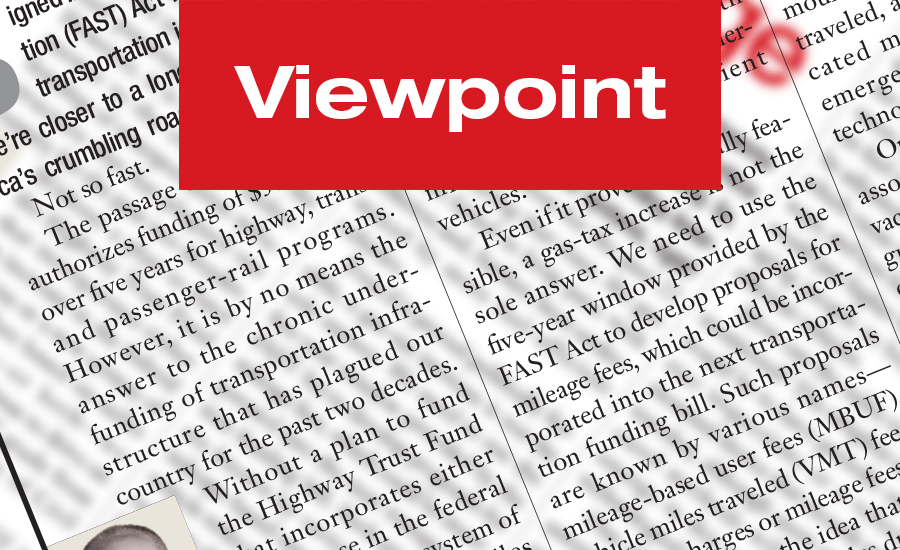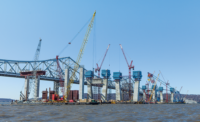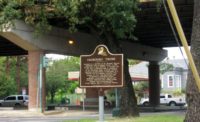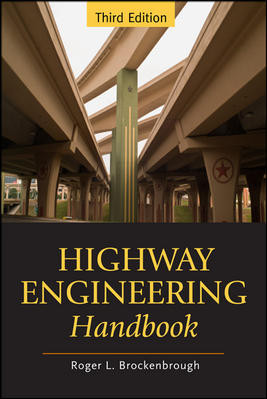
|
| Pete Ruane |
What would “Ike” do? June 29 marks the 60th anniversary of the day President Dwight D. Eisenhower signed the law that authorized the construction of the U.S. Interstate Highway System and created the Highway Trust Fund to pay for it.
The 47,000-mile road network drove the 20th-century American success story. Providing much-needed mobility and connected communities, the interstates continue to serve as the lifeblood of the U.S. economy and act as an integral component of the daily operations for most businesses and motorists.
But there can be no doubt the interstates and the U.S. intermodal transportation network are facing serious challenges.
Years of underinvestment are taking their toll. Nearly 60,000 U.S. bridges are structurally deficient and need repair. The iconic Arlington Memorial Bridge, which spans the Potomac River between the Lincoln Memorial and Arlington National Cemetery, is now closed to buses and heavy trucks. If it is not rebuilt, the bridge, which opened in 1932, may be permanently closed to all vehicle traffic in five years. And DC Metro’s once-heralded transit system is plagued with problems.
It sometimes seems as if the infrastructure in our nation’s capital is as broken as the political system on Capitol Hill.
Looking to the future, U.S. population growth is expected to increase 22%, to 390 million, by 2045. Gross domestic product is expected to jump by 115% over the same period. Further, the total number of motor vehicles is expected to grow 26%, to 327 million from 260 million, by 2045, according to the American Road & Transportation Builders Association’s analysis of federal government data.
These trends illustrate why America needs a 21st-century plan to help ensure global competitiveness and mobility. In honor of the interstate’s 60th anniversary, here are six ideas policymakers should consider:
First, repair, modernize and add capacity to the Interstate Highway System, particularly in high-density freight corridors and population centers. Think Interstate 2.0.
Second, prepare now for the autonomous vehicles that are already nosing their way onto the nation’s entrance ramps. Autonomous vehicles have the potential to improve traffic flow. However, it will be necessary to make major improvements to the existing physical infrastructure, including separate lanes, more-visible lane markings and other signage, and technologies for instant snow-melting, so the smart computer systems can safely “read” the roadways in front of them.
Third, dig more tunnels—like the projects in Boston, New York City, Miami and Seattle—to move more people and goods.
Fourth, add more elevated trains and high-speed-rail corridors. Also, continue to develop innovative personal transport systems, such as Elon Musk’s Hyperloop.
Fifth, at airports, build additional runways and fully modernize the traffic control system to allow more passengers to fly on schedules that better suit their needs. Airports also must accommodate the next generation of quieter, faster, eco-friendly aircraft.
Sixth, take action to help smoothly transport the tsunami of freight headed to our shores. ARTBA has been pushing a vision called “Critical Commerce Corridors” to improve the safe, efficient movement of goods. This vision could take the form of self-financed truck-only lanes or elevated freight shuttle-system guideways.
So, what would Ike do? In 1952, he told Hearst Newspapers, “The obsolescence of the nation’s highways presents an appalling problem of waste, danger and death.” He later noted that a modern network of roads is “as necessary to defense as it is to our national economy and personal safety.” That kind of leadership is needed now.
We urgently need consensus among elected officials and policymakers about the importance of massive investments in transportation. We must continue to make the case for permanently fixing the beleaguered Highway Trust Fund with a long-term and sustainable funding source.
What would Ike do? He wouldn’t be pusillanimous, partisan or pussyfooting. Rather, he would unleash the men and women of the U.S. transportation design and construction industry to get the job done.
If you have an idea for a column, please contact Viewpoint Editor Richard Korman at richard.korman@construction.com.




